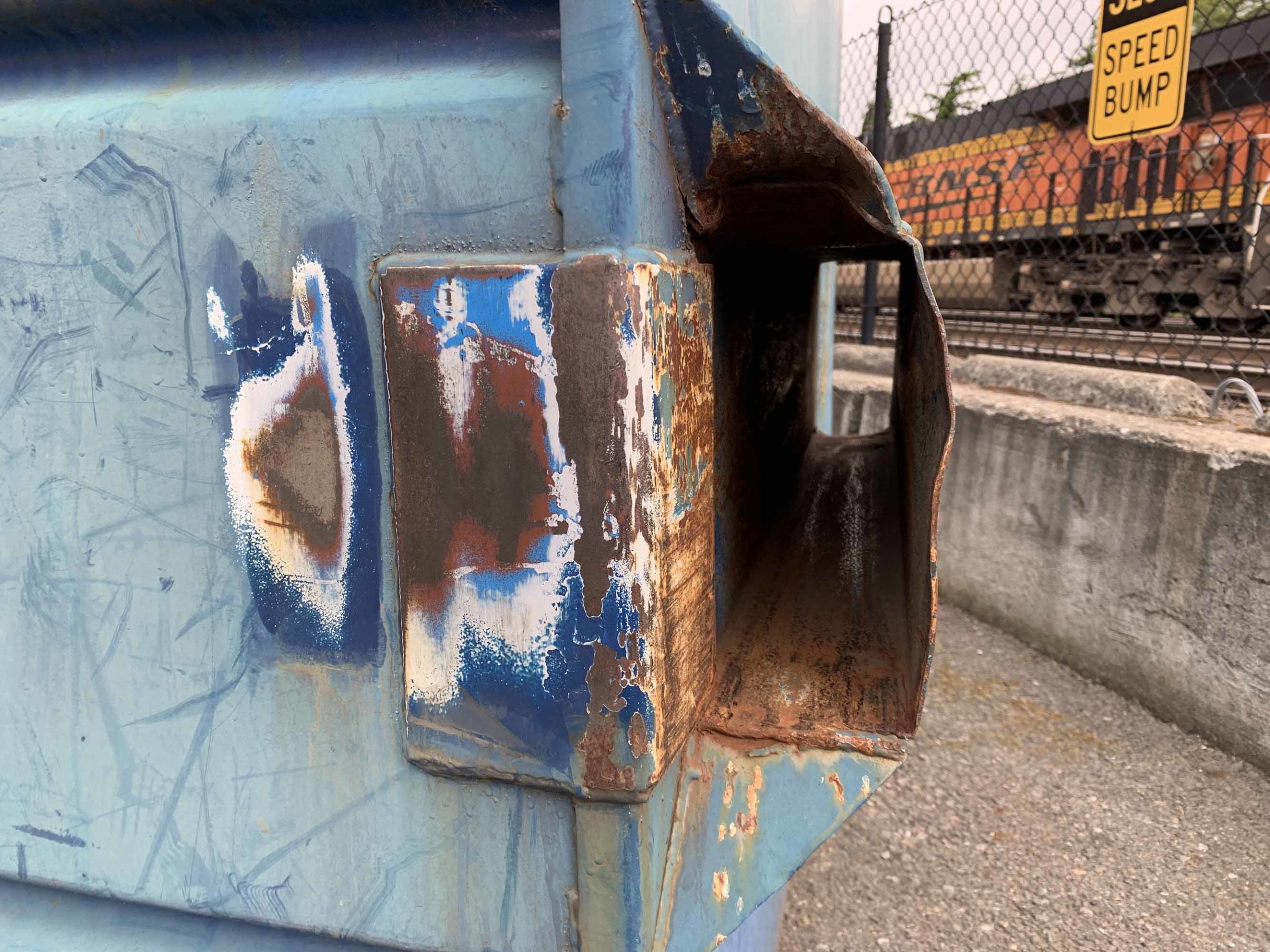
As a young girl, I confused my mother. Instead of obsessing over kittens and pink ponies with wings, I had a fascination for the world’s forgotten things. A rusty piece of metal on the street, or an old sign with ten layers of peeling paint captured my imagination. I spent hours digging in the kitchen garden where my great grandparents had kept their trash heap. Long since melted into the soil, I’d search for bits of broken pottery, or an old pill bottle. There I could spend whole days rummaging in the ravine at the back of the fields finding the rusting and decaying relics from the old farm.
I had a love for antique and junk shops and flea markets. The history of objects – of the many hands that had touched them was mesmerizing to me. I had a love for the nostalgia of times I could not remember but didn’t want to forget. But most of all I found so much more beauty in the grit and wear of old objects than I did in new polished ones. In retrospect, this was the beginning of my passion for adaptive reuse.
I grew up in western New York State, where steel mills meet farmland. I became an architect largely because of my love for old buildings. And although I marveled at the work of Frank Lloyd Wright and Louis Sullivan and other great architectural geniuses that had left their mark on that region, what I truly loved were the old rusting factory buildings and the barns bowing and buckling under the elements. I fell in love with their beauty, their stories, their potential.
It’s this potential that continues to inspire me today. We as designers have so much to learn from grit – from the old and the worn, especially when it comes to adaptive reuse in practice. In “In Praise of Shadows,” Junichiro Tanizaki writes about the beauty of patina. He calls it “the glow of grime,” which “comes of being touched over and over.” It is the materiality and the texture and the way that light hits objects that we must observe and learn from. He writes:
“We find beauty not in the thing itself but in the patterns of shadows, the light and the darkness, that one thing against another creates… Were it not for shadows, there would be no beauty.”
Next time you are out in the world, I encourage you to slow down. Notice the things that normally you skim past. See the nuanced color of the paint scraped off of that dumpster. Take note of the pattern of bricks as they settle and erode.
Observe the graceful shape of the cast bumper guard. See the scars of the buildings previously built and torn down and built again – creating an orchestra of light and shadow and texture. See it, learn from it.
There is a place and a value in the shiny and the clean and the new. But things that age gracefully over time have soul. They connect us with our past and our future in a way that feeds our spirit. As designers and architects we are often blinded by the shiny and new – we must remember to champion the grit.
All of these photos were taken on a 5 minute walk through Georgetown, Grit capital of Seattle, and the neighborhood Hinge calls home.
